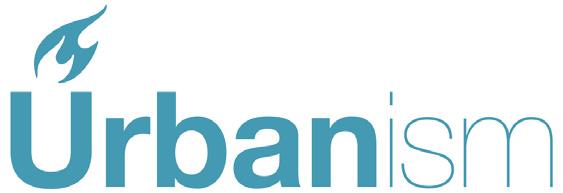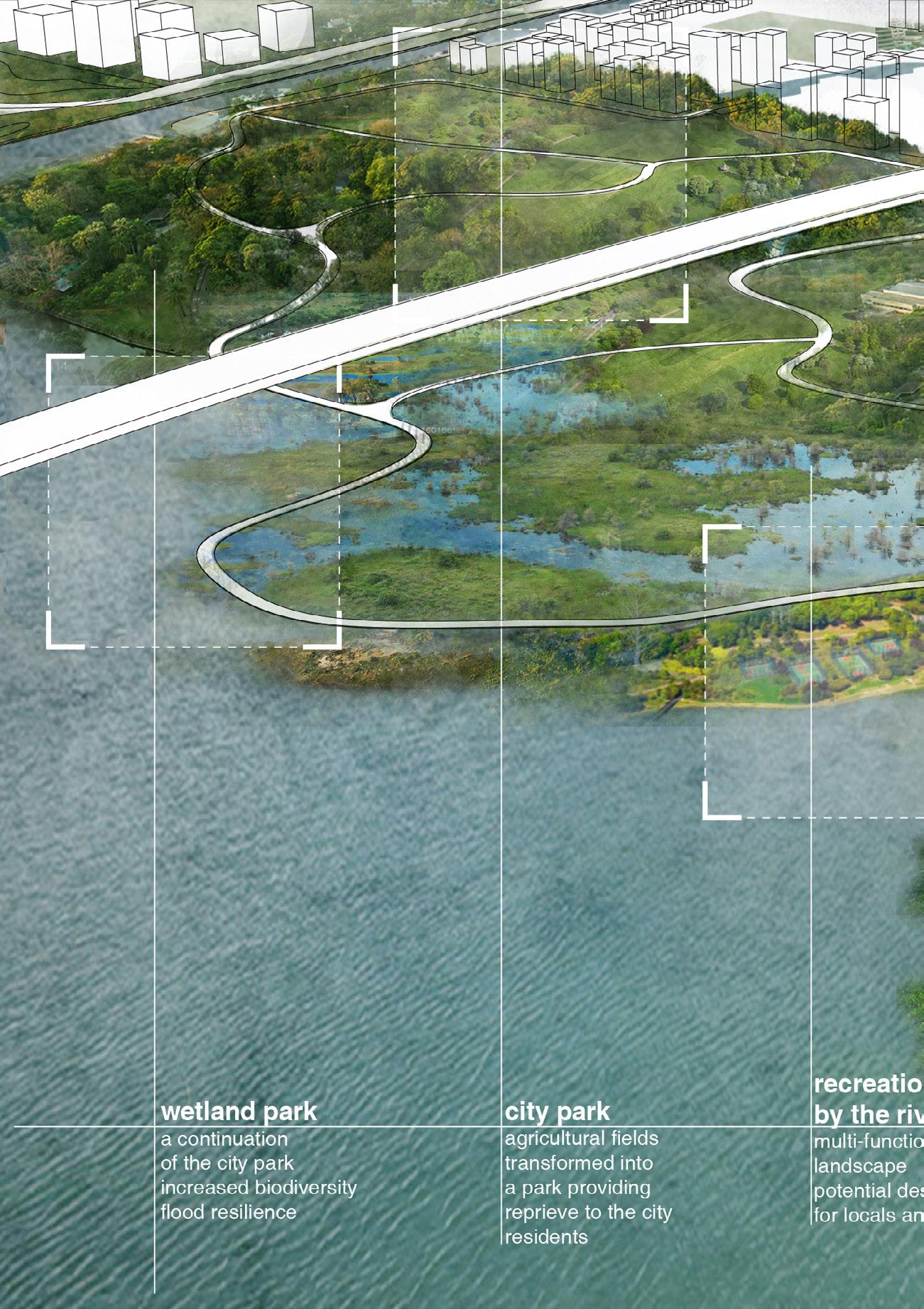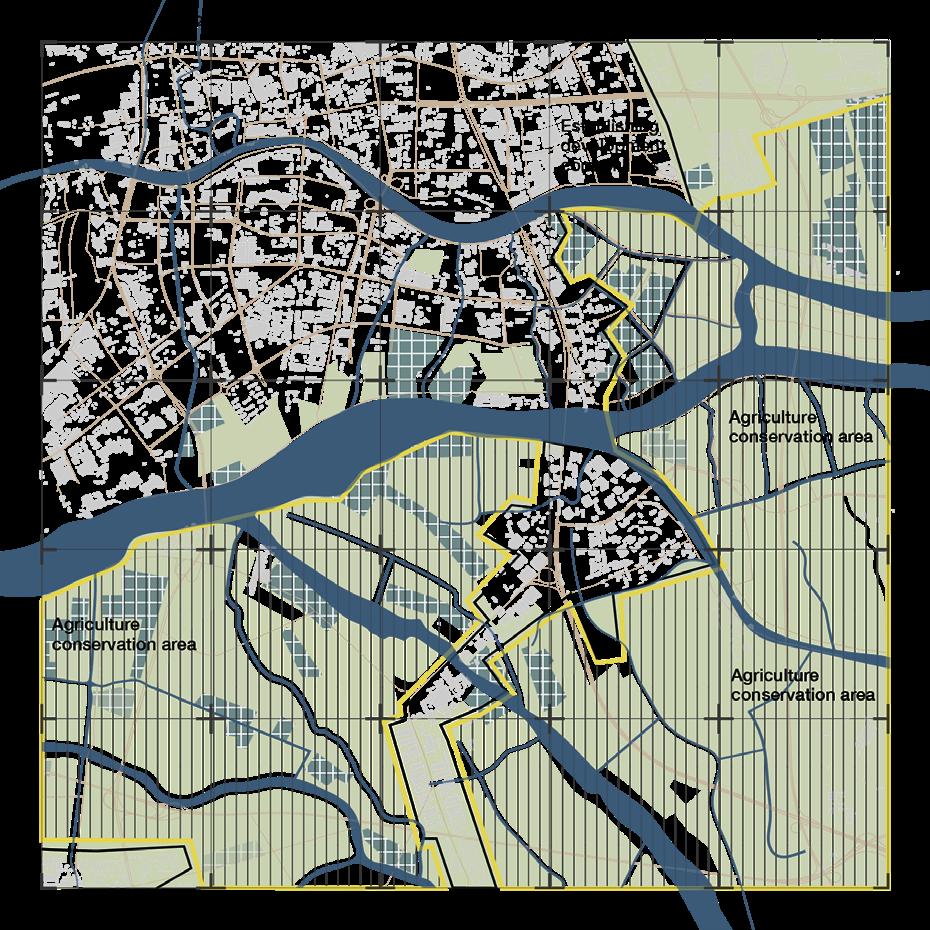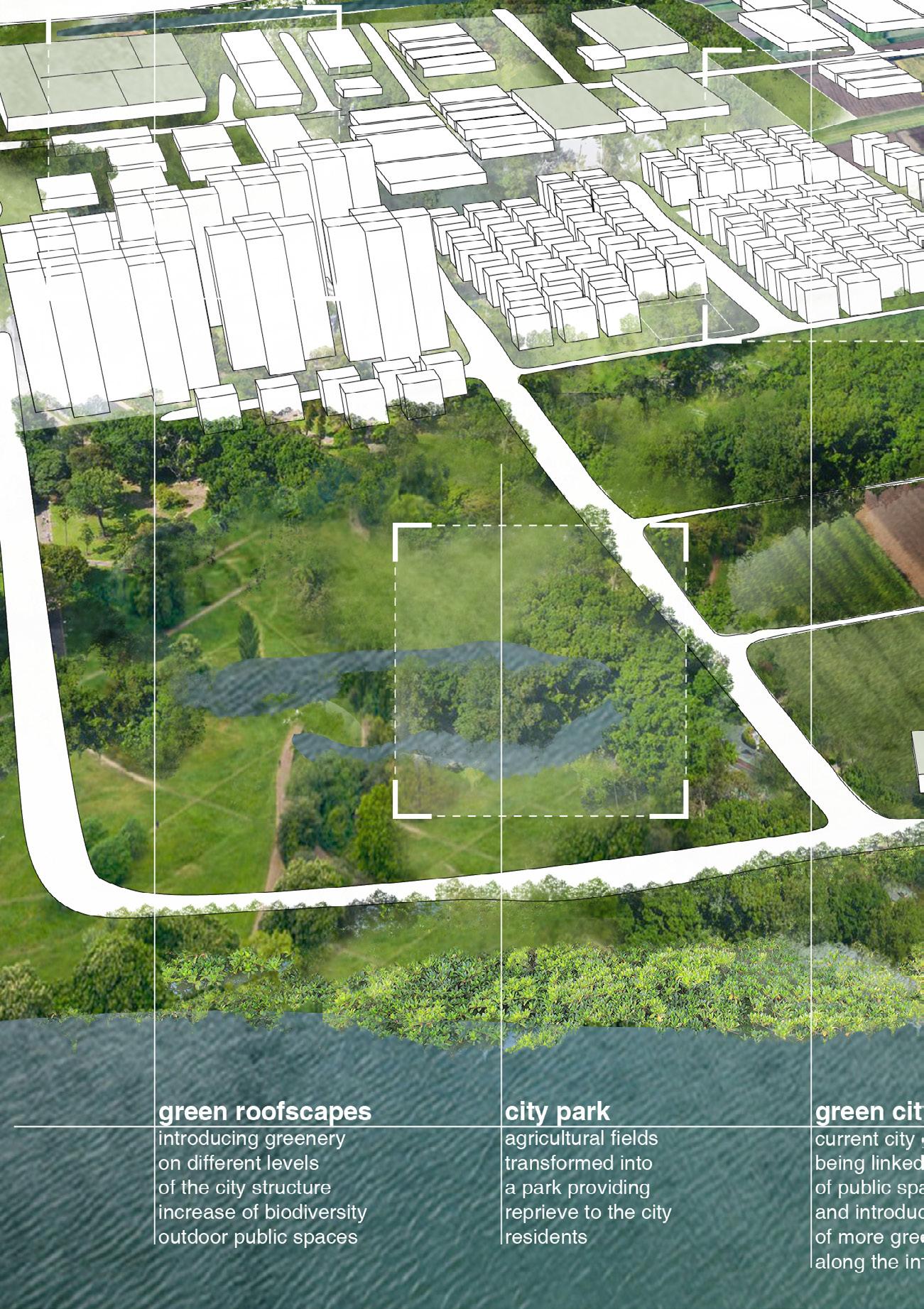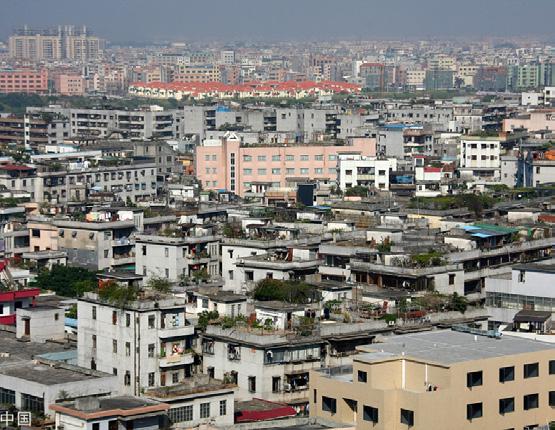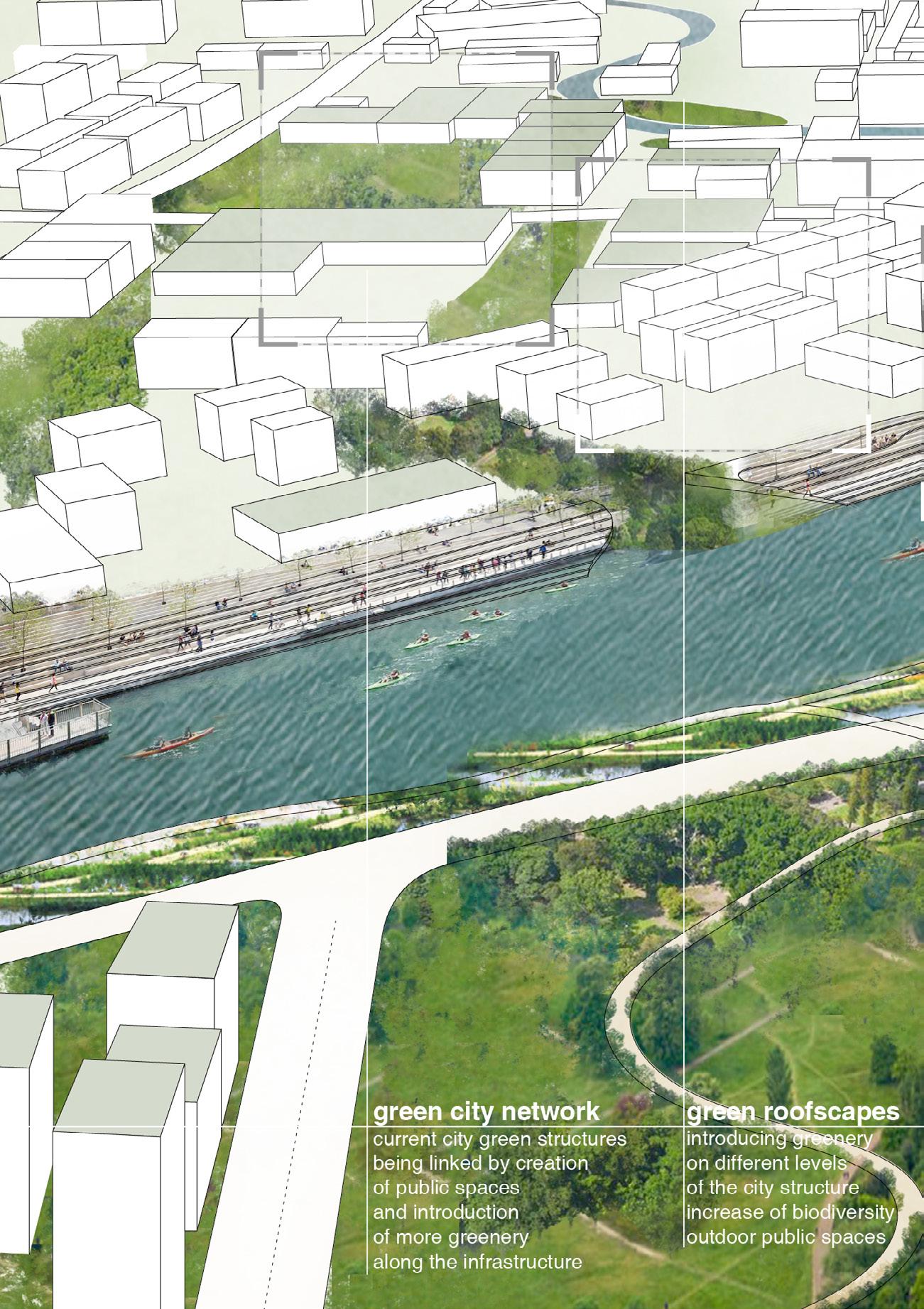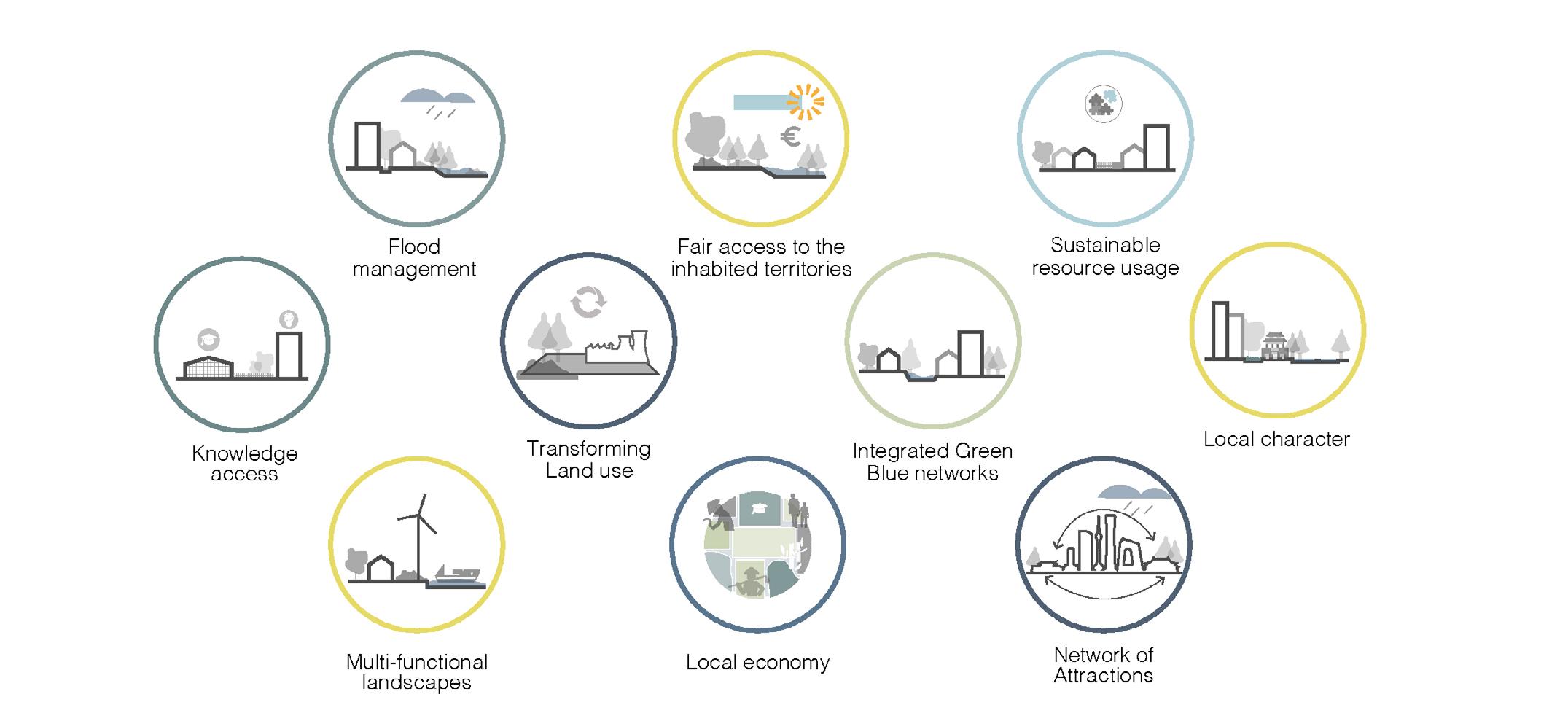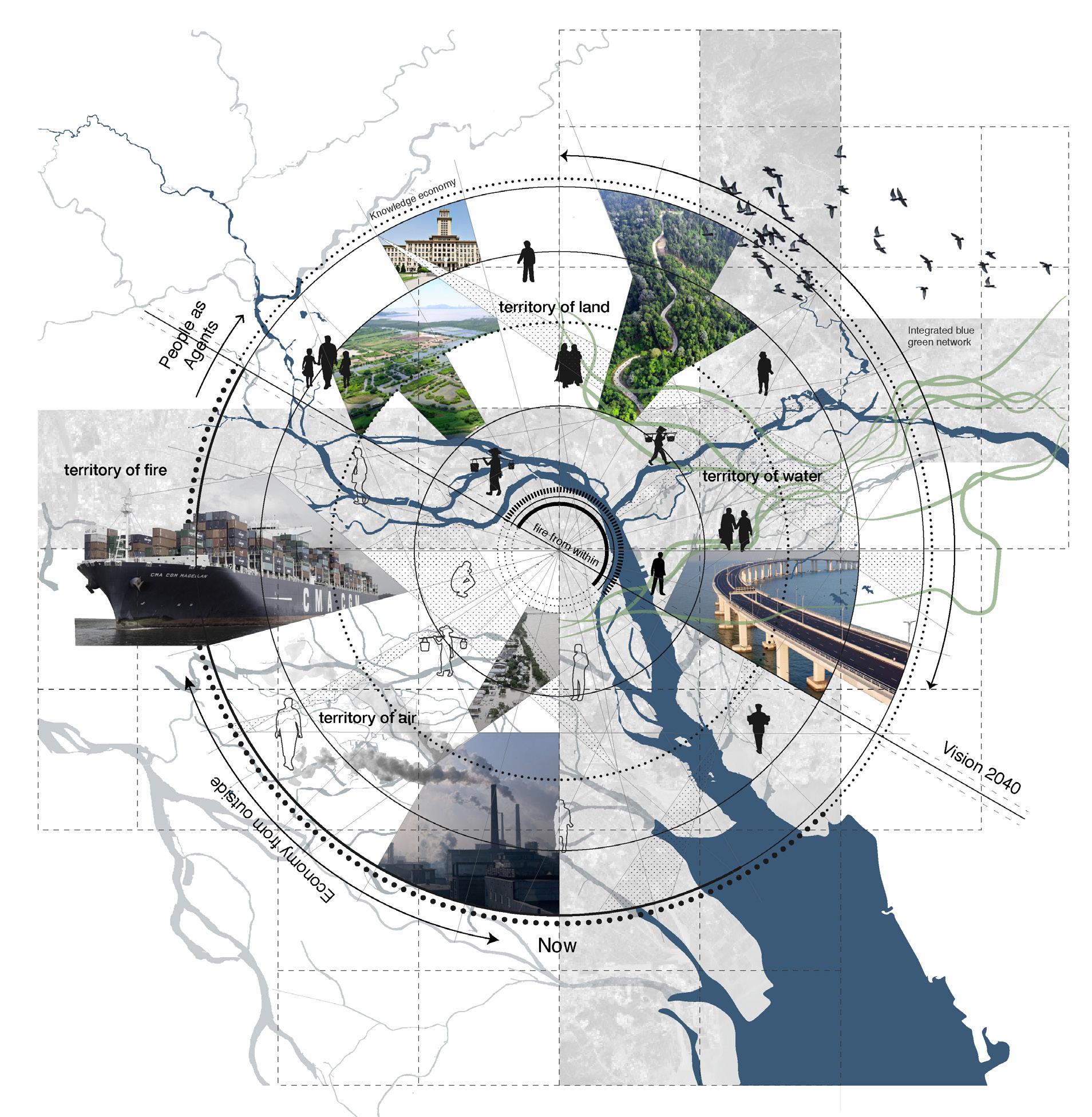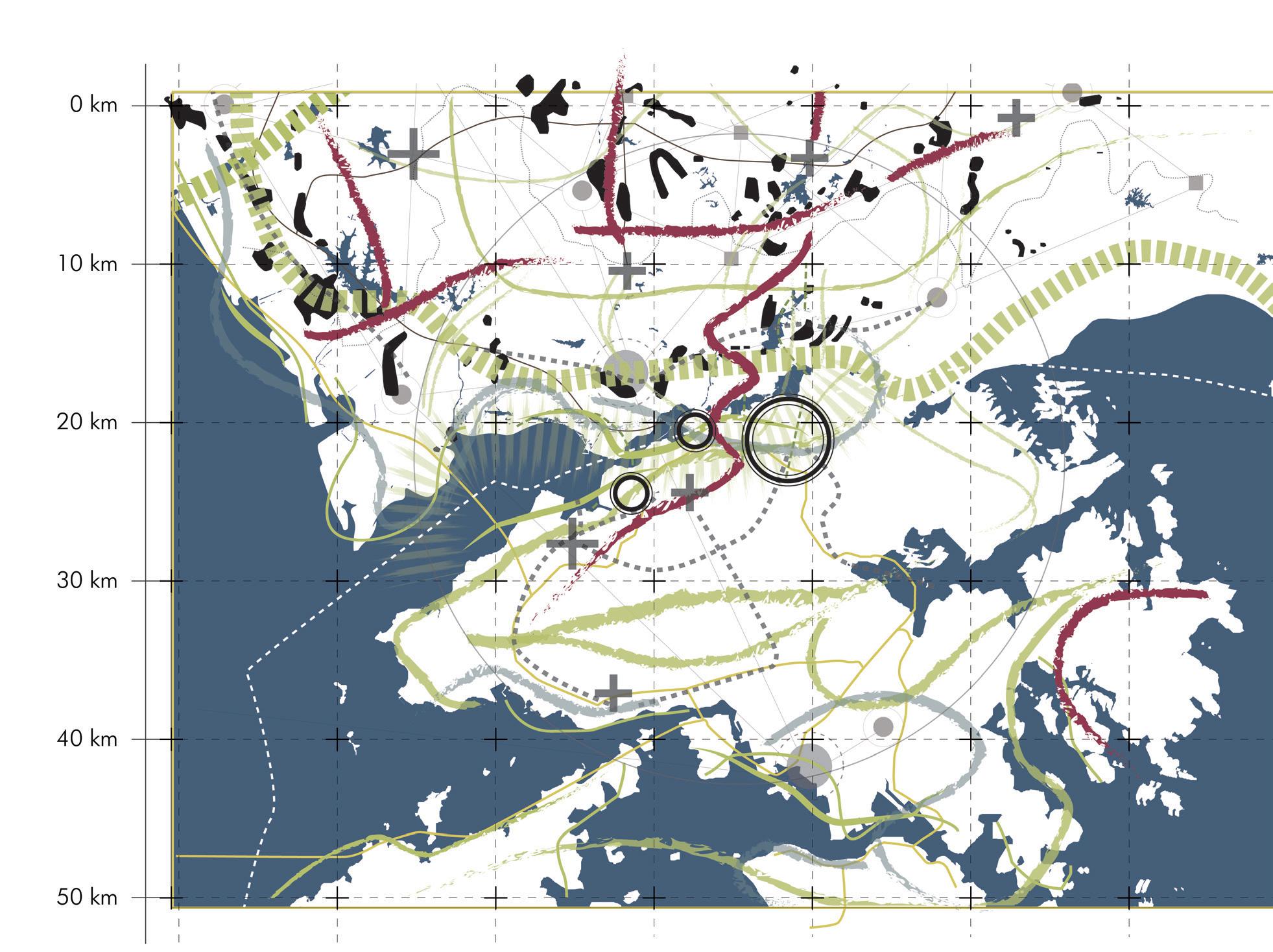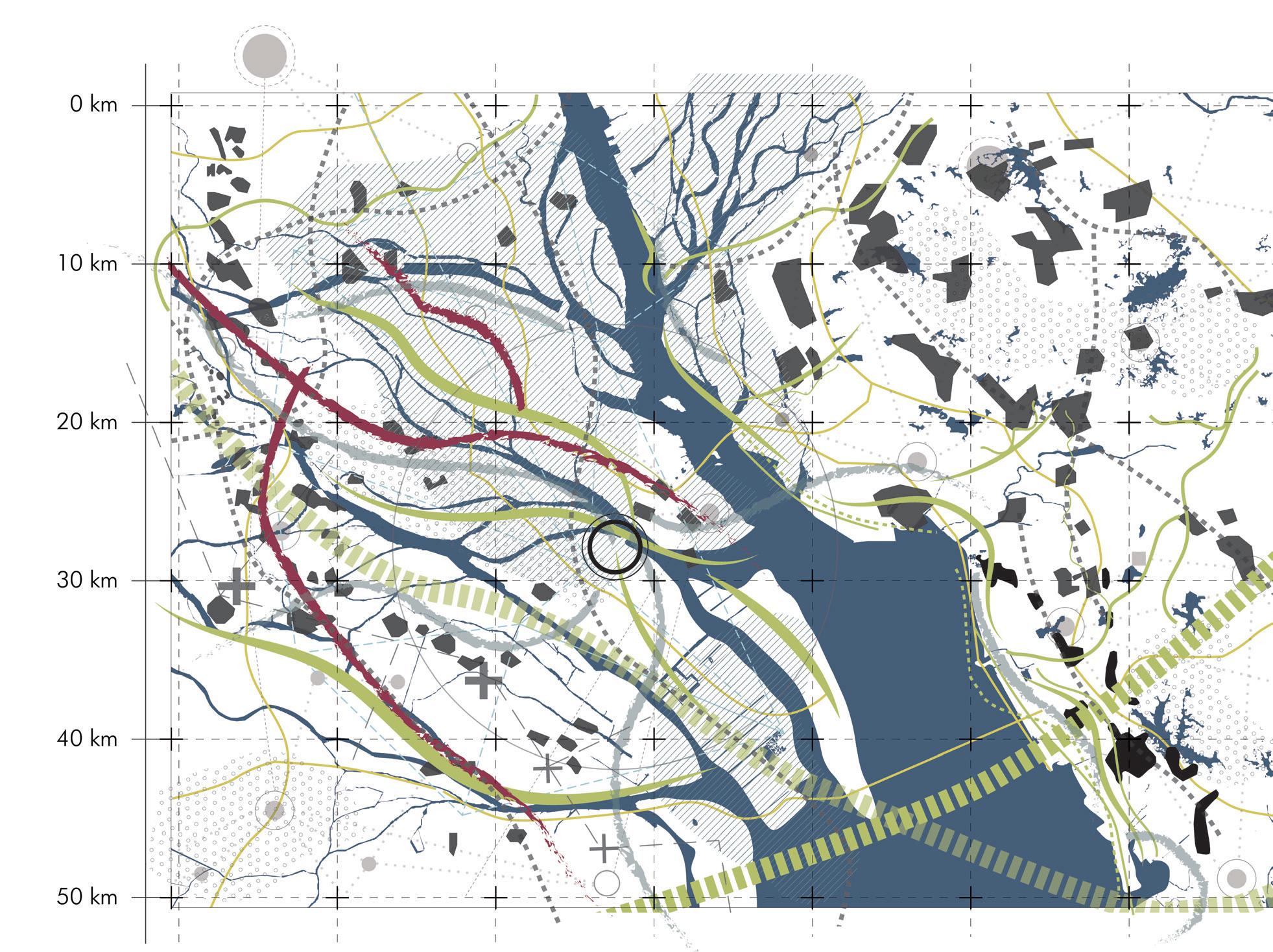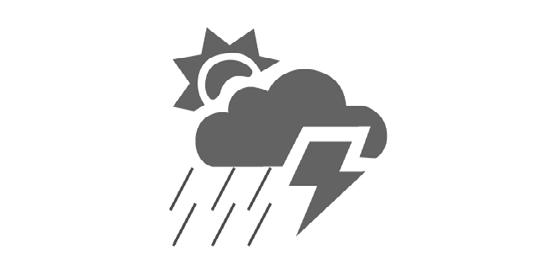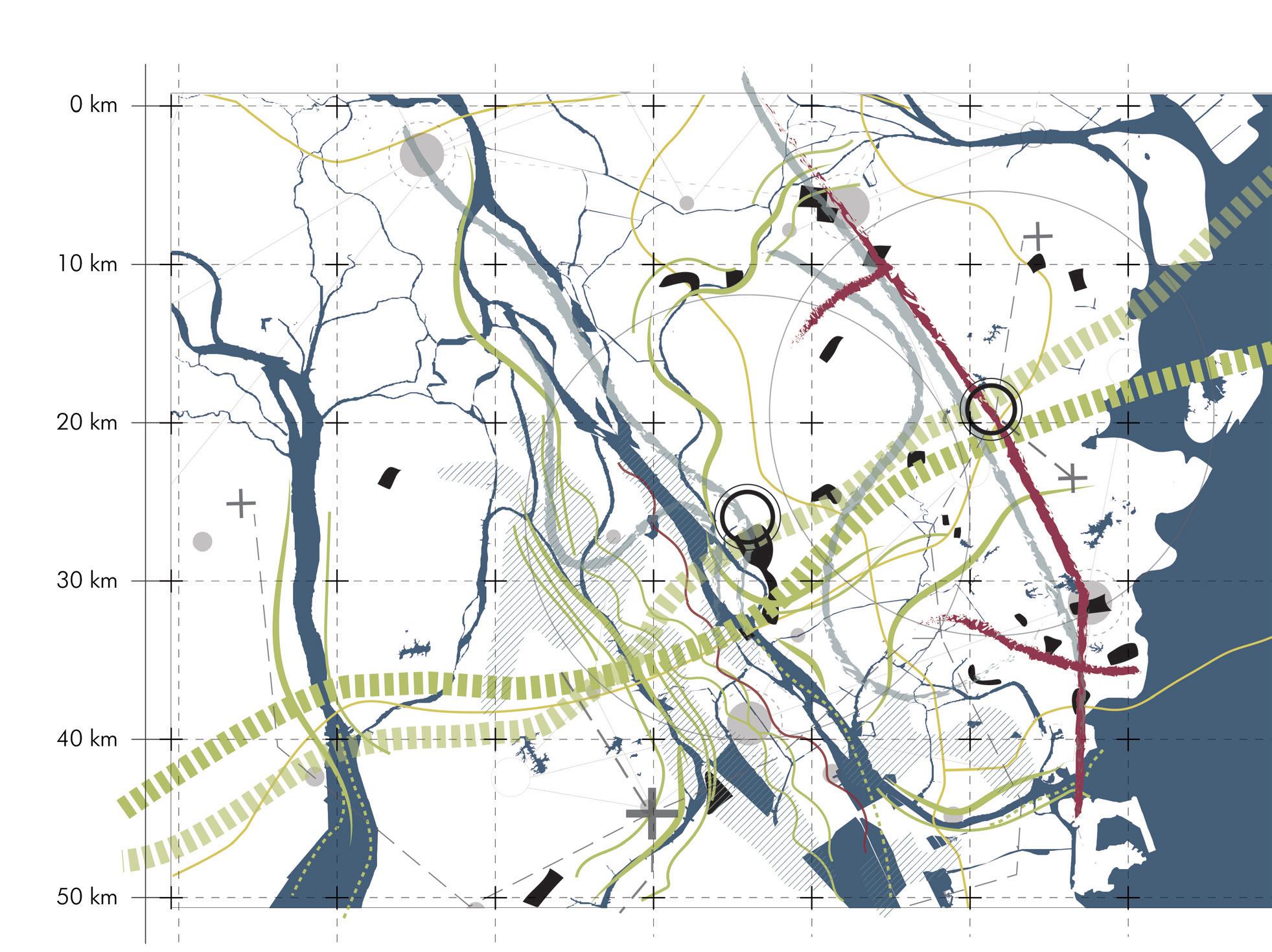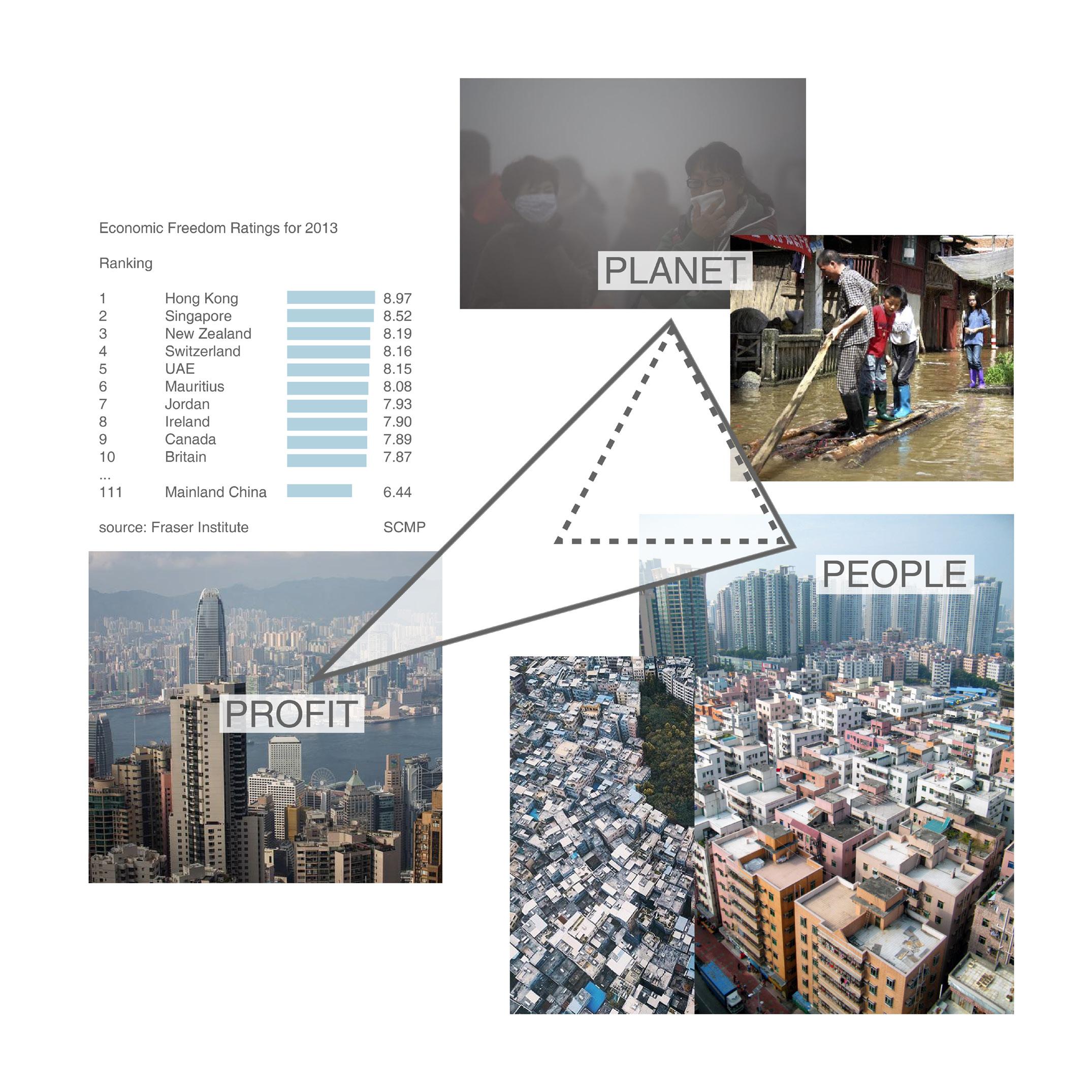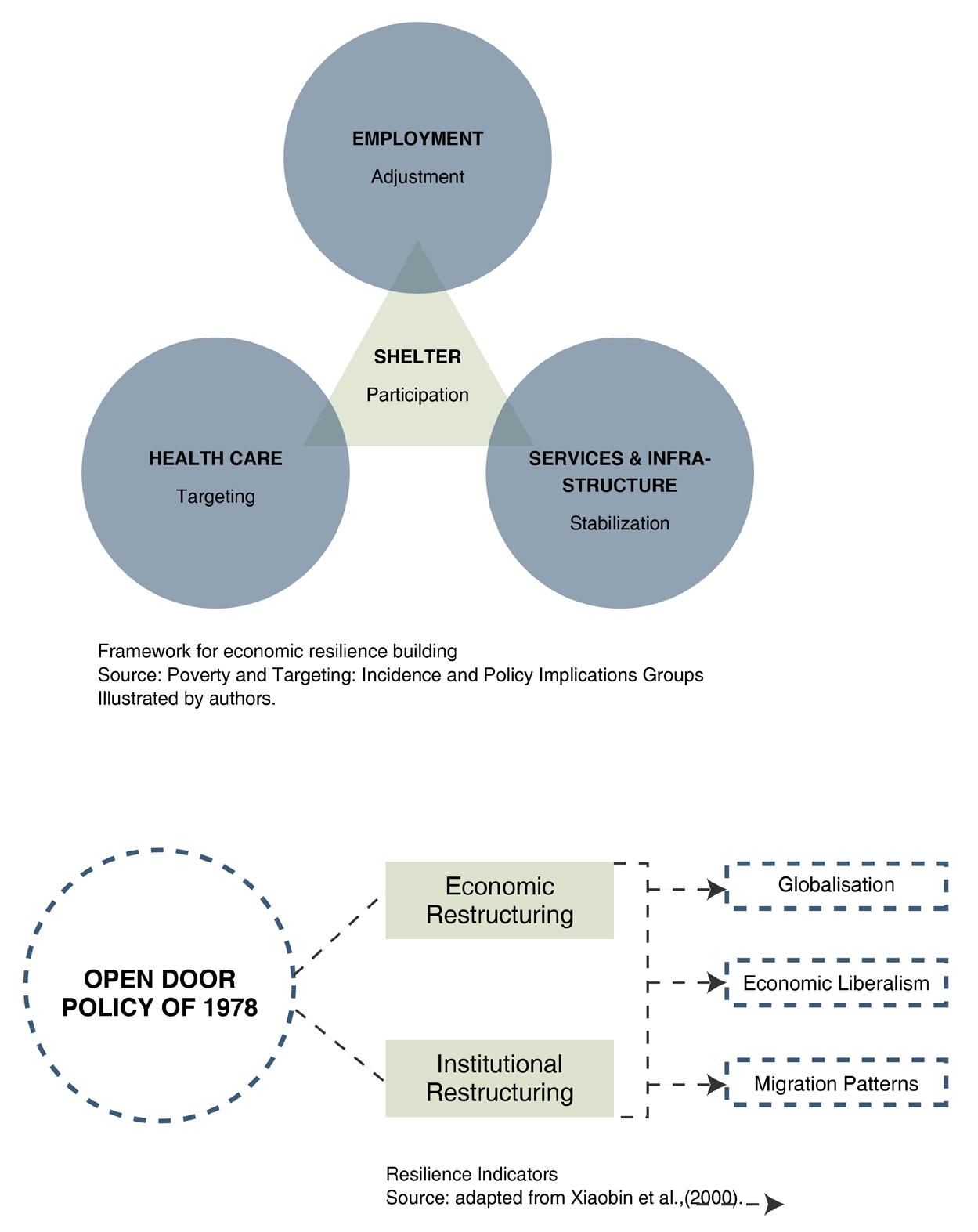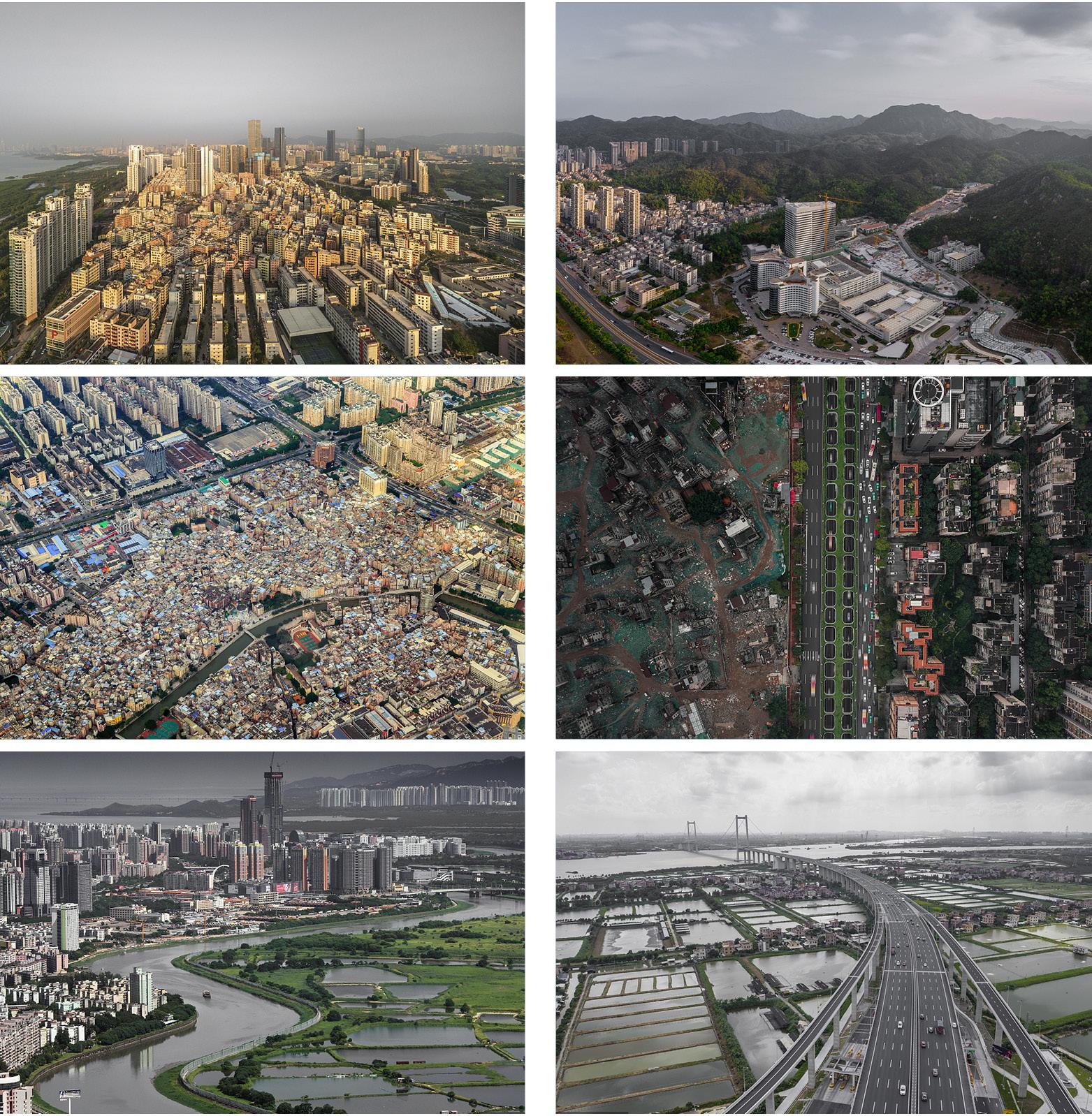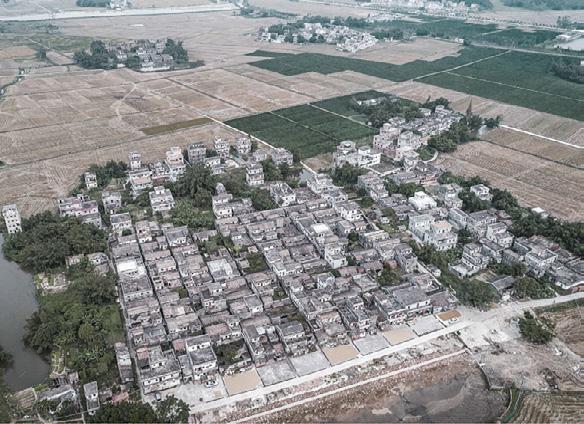Limitations and Recommendations
We tried to establish the relevance of resilience by identifying the potentials of each area of interest and demonstrating the opportunities that this model can achieve. This project deals with synergising local potentials with new technologies which is highly explorative and experimental in the context of China. As far as we are aware, the idea discussed has not been attempted at a scale as large as this with as many variations and stakeholders involved. Ethical Relevance The project functions by addressing four territories - Fire, Air, Water and Land. Our project focuses on making these territories accessible to people by utilizing the fair sharing of knowledge as the main driving
force. We have derived theories to emphasize that socio-ecological and socio-economic systems are interdependent. As explained in the conceptual framework, we have examined land and knowledge through the lens of the ‘tragedy of commons’. Limits and Recommendations To achieve a balanced development throughout the region and use smaller networks to their full potential, we encouraged to densify rural areas of the Nansha region the west bay. By doing this, we can start from a relatively intact area and propose developmental models that can learn from the mistakes of Shenzhen and Hong Kong region and better integrate blue and green
networks with the urban tissue. However, this requires strict guidelines to protect the farmland and the fish ponds. It also deviates from the GBA vision for 2040 but we believe this is the best course of action to alleviate some of the pressures on the already dense urban areas. Further research is required in the formation and phasing of these smaller proposed projects. To conclude, the proposed balance throughout the region would only be achieved with collaborations between the main city nodes and the network of multiple polycentric units. This model will only be successful if all the local actors are encouraged to take main roles and promote community participation at local levels.
151


